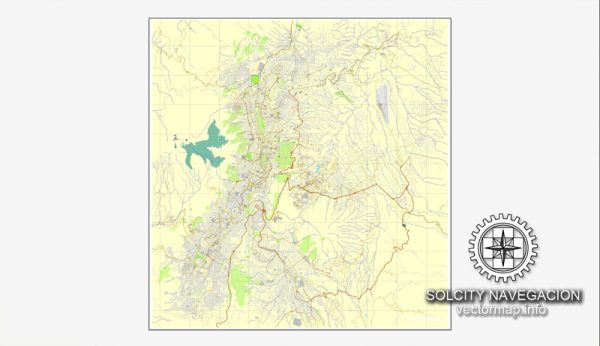Quito, the capital city of Ecuador, is surrounded by stunning natural beauty and offers various nature parks and reserves for those who want to explore the country’s diverse ecosystems. Here are some of the nature parks and reserves near Quito:
- Cotopaxi National Park: Located just a short drive from Quito, Cotopaxi National Park is home to the impressive Cotopaxi volcano, one of the world’s highest active volcanoes. The park offers hiking trails, bird watching, and opportunities for mountaineering. The landscape is characterized by high-altitude paramo and unique flora and fauna.
- Antisana Ecological Reserve: This reserve, also nearby Quito, is known for its pristine paramo landscapes, high-altitude lakes, and the Antisana Volcano. Visitors can explore hiking trails, observe Andean condors, and appreciate the diverse plant life that thrives in this protected area.
- Cayambe Coca Ecological Reserve: Located in the northern Andes, this reserve is known for its cloud forests, high-altitude grasslands, and diverse wildlife. It’s a great place for hiking, bird watching, and experiencing the unique biodiversity of the region. The Cayambe volcano is also a prominent feature in the reserve.
- Quilotoa Loop: The Quilotoa Loop is a series of small Andean villages surrounding the stunning Quilotoa Crater Lake. The area is known for its picturesque landscapes and is popular for trekking and horseback riding. The emerald-green lake inside the volcanic caldera is a highlight.
- Yanacocha Biological Reserve: This reserve, located in the western Andes, is a paradise for bird watchers and nature enthusiasts. It is home to various species of hummingbirds and other birds. There are well-maintained trails that take you through lush cloud forests.
- Mindo Cloud Forest: While Mindo is a bit further from Quito, it’s worth the trip for its lush cloud forests, rich biodiversity, and ecotourism opportunities. You can go hiking, birdwatching, or experience thrilling activities like canopy zip-lining and river tubing.
- Cajas National Park: Located to the south of Quito, Cajas National Park is known for its high-altitude paramo, crystal-clear lakes, and rugged terrain. It’s an excellent place for hiking and offers unique landscapes with a variety of wildlife.
- Pululahua Geobotanical Reserve: This reserve is unique as it is home to a dormant volcano with a fertile caldera. The reserve is characterized by rolling hills, farmland, and a wide variety of flora and fauna. You can take a walk inside the caldera and visit the local communities.
These nature parks and reserves in and around Quito offer diverse opportunities for outdoor enthusiasts and nature lovers to experience Ecuador’s natural beauty, from high-altitude paramo to lush cloud forests and volcanic landscapes. Each of these areas has its own distinct charm and natural wonders waiting to be explored.


 Author: Kirill Shrayber, Ph.D.
Author: Kirill Shrayber, Ph.D.